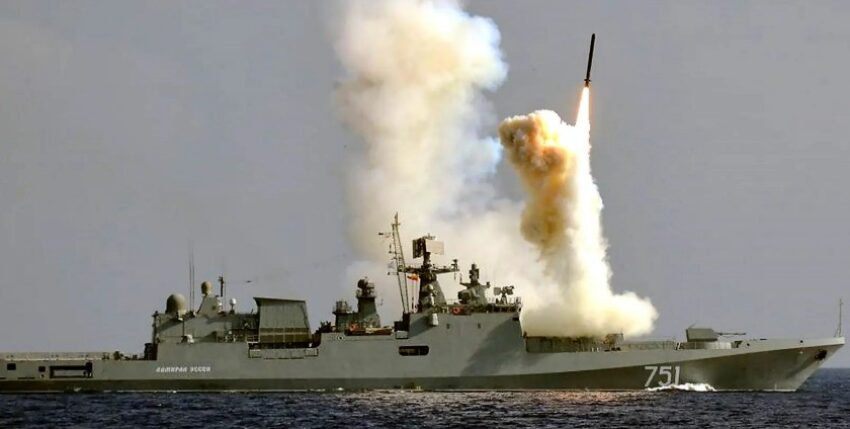The Neue Züricher Zeitung of Tuesday, 11 October 2022, has analysed the missile attack on Ukraine by Russian troops in an interesting article, with which the Kremlin is apparently retaliating for the sabotage attack on the Crimean bridge near Kerch, which has not yet been attributed to Ukraine, and comes to very revealing assessments, which are summarised here in a brief form.
Firstly, the effects: in military terms, the failure of parts of the internet could affect the Ukrainian troops, otherwise it is striking that no damage to logistical or command facilities of the armed forces was publicised, but only civilian targets were affected. Fighter planes had not ventured into Ukrainian airspace, where they had had no sovereignty since the beginning of the war of aggression anyway.
Ukraine speaks of 84 missiles (43 repelled) and 24 Iranian-made combat drones, all launched outside Ukrainian borders. With over 100 missiles, this is a number of attacks not seen since the first days of the war. Above all, however, the analysis of the weapons mix showed that Russia was running out of suitable missiles.

In detail
The Kalibr cruise missile (SS-N-30 Sagaris, since 2015) fired from ships in the Black Sea is the most accurate with a range of up to 1,500 kilometres. With a warhead weighing 500 kilograms, a low flight altitude (50 to 150 metres above land) and GPS guidance, targets throughout Ukraine can be reached. However, the estimated production rate of 120 and unit costs of 6.5 million dollars are forcing Russia to be economical, especially as a large proportion of production from previous years has been wasted in the course of the war. Incidentally: The overflight protest submitted by the government in Chisinau leads to the assumption that the Russian cruise missiles aimed at the western part of Ukraine were controlled from the sea via waypoints in the Moldovan corridor for the purpose of greater surprise. Sincerely, Your Black Sea Fleet!
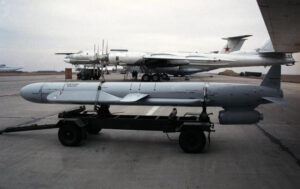
The radar-reduced cruise missile Ch-101 (AS-23A Kodiak, since 2013), which has been used by bomber aircraft primarily in Syria, can be deployed from distances of up to 3,000 kilometres. The majority of the FKs, which cost around 13 million dollars, were launched in the Volga Delta near Astrakhan. Western services assume a significant error rate: 60 %s would not reach their target. That is expensive and embarrassing!
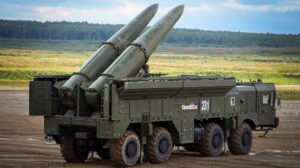
The short-range ballistic missiles Iskander-M (SS-C-7 Southpaw / SS-C-8 Screwdriver, since 2006) with a range of 50 to 500 kilometres follow a parabolic trajectory and are less accurate, but they fly faster (Mach 6) and are difficult to combat. They can also be launched from mobile ramps from occupied areas. However, their production rate is said to be only 50 to 60 per year, but they only cost 3 million dollars. Everything must go!
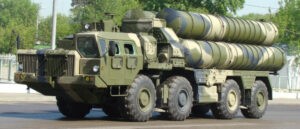
The use of missiles from the S-300 Triumf air defence system (SA-10 Grumble), the outdated predecessor of the current S-400 (SA-21 Growler), which was also "fired" in the retaliatory wave on Monday, is thought-provoking. Even shelf warmers can spread terror!
However, the use of Iranian-made combat drones, hundreds of which have been supplied to Moscow by Tehran, should come as no surprise. They swoop down on their victims from the air at 200 km/h with the roar of motorbikes. However, Ukraine still has to adapt to this different threat, as these killer drones are relatively small and difficult to locate. And once on final approach, they are almost impossible to throw off course!
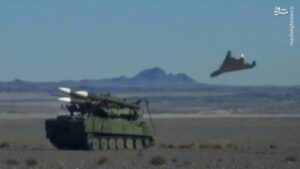
Summation train
According to information from Kiev, Russia has fired 3,800 rockets and cruise missiles into Ukrainian territory since the start of hostilities. While in the first few days there was a launch frequency of 60, in the second month of the war it was probably only a third of that. Since then, this frequency has fallen further - while the number of military targets on the Ukrainian side has remained high!
Bottleneck
It is assumed that half of the entire Russian missile stockpile will be used, and as much as 80% for the fast Iskander-M. Based on a cross-sectional production rate of 200 to 300 units, these figures certainly appear to be conclusive. In addition, an intensification of Russian production appears difficult due to a lack of skilled labour and a lack of supplies of Western components and Eastern microchips. Tehran is willingly assisting with drones.
The next few days
Nevertheless - a last stand or a new quality? A detailed analysis of the coming days will provide highly interesting insights into one of the Kremlin's best-kept secrets - how far the aggressor's arsenal really extends.

